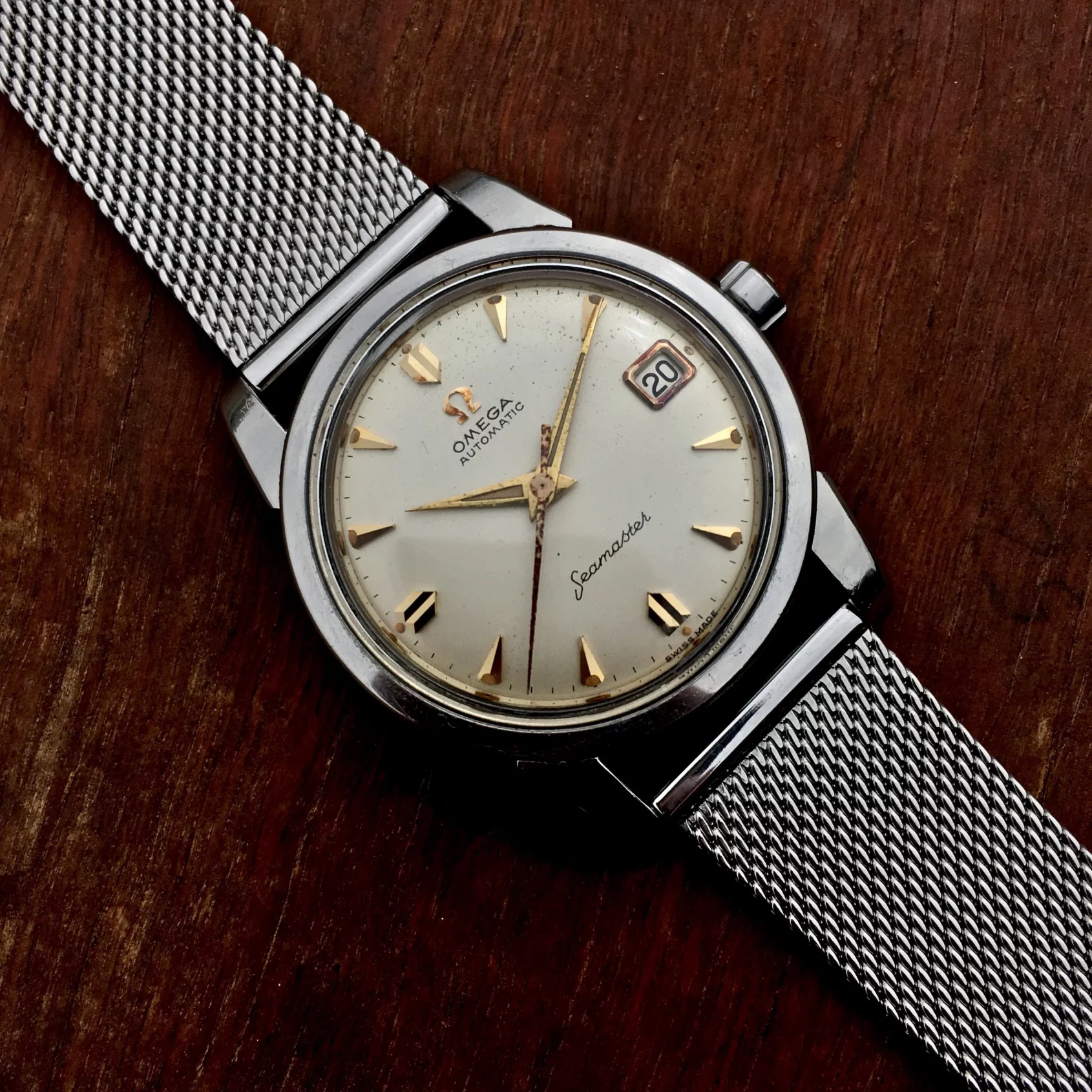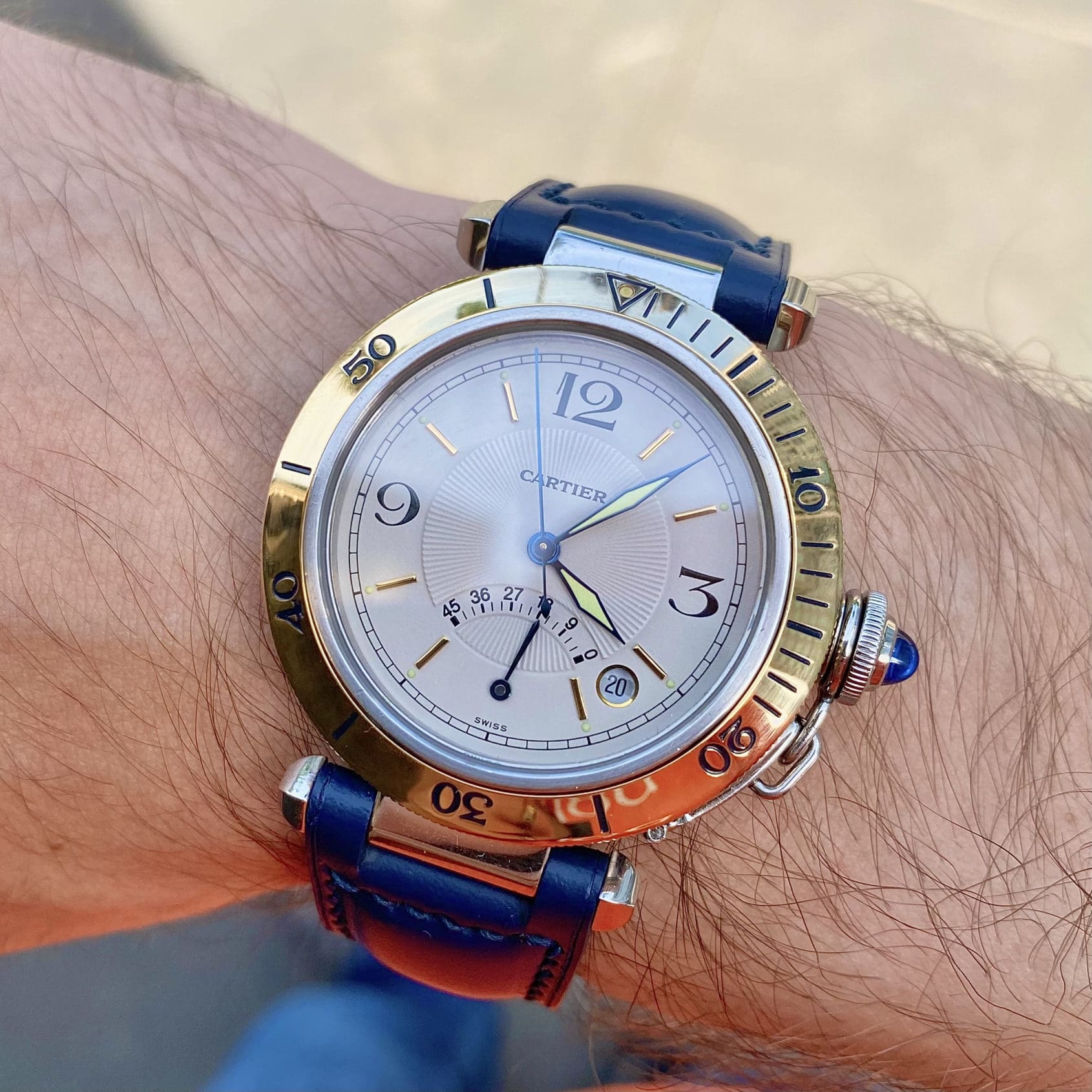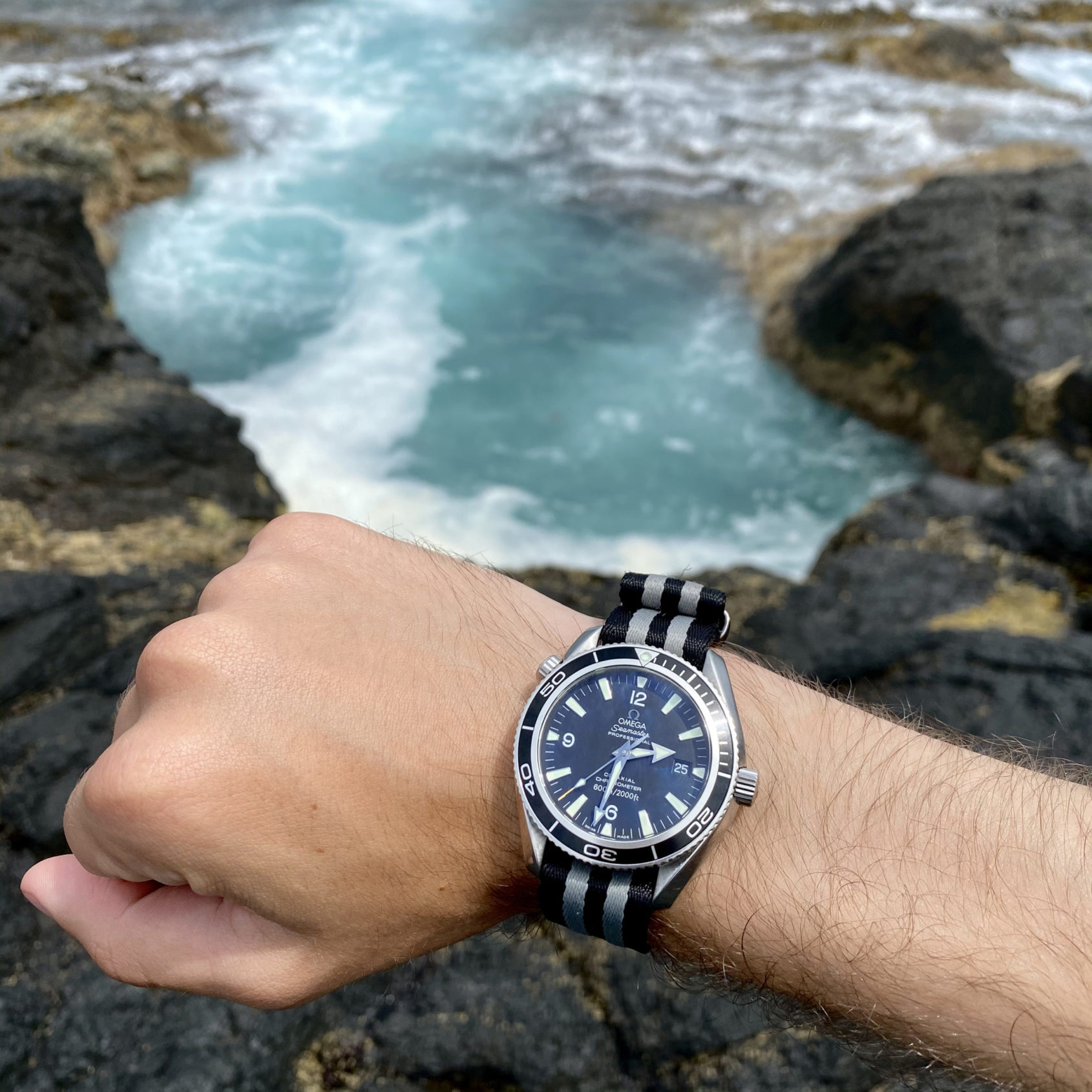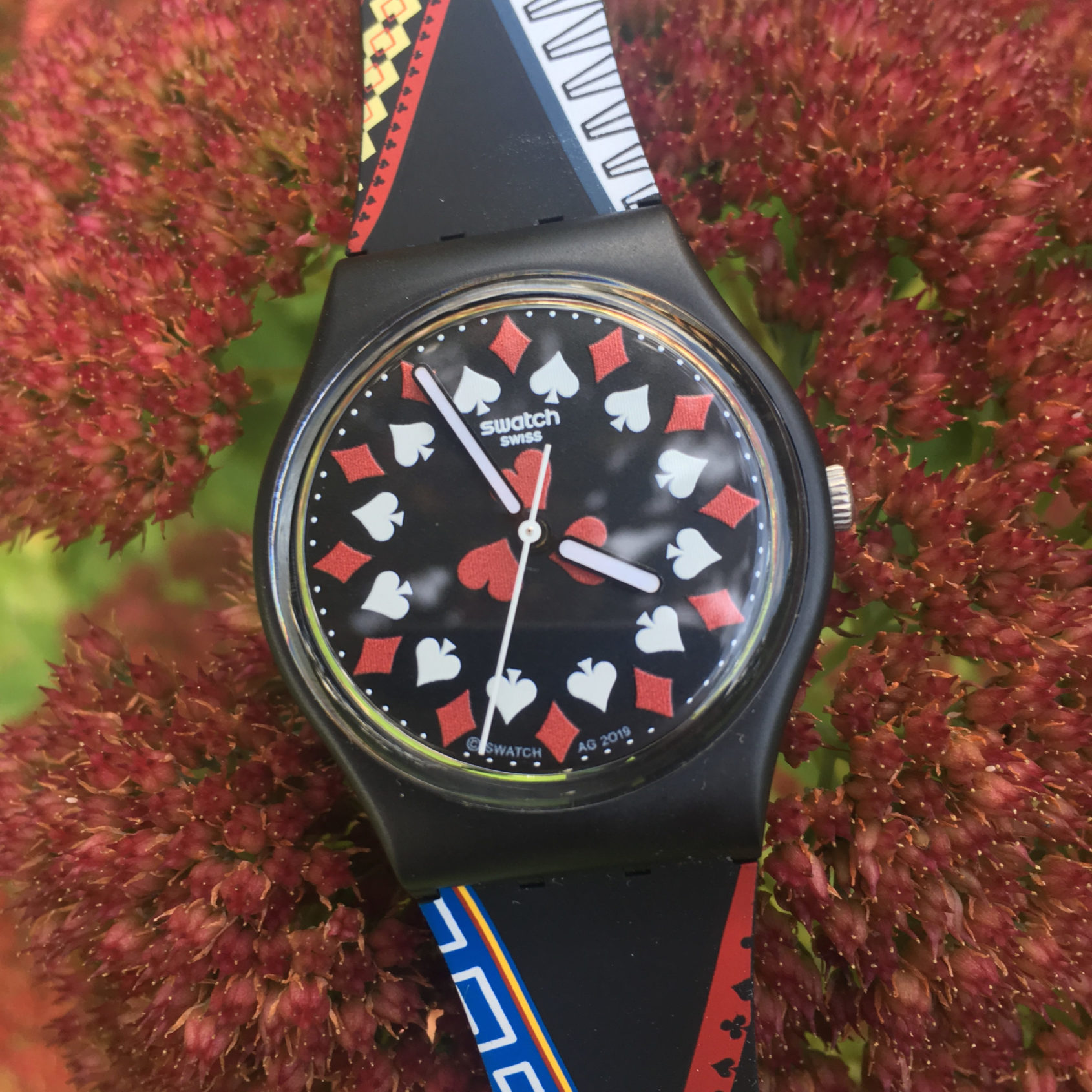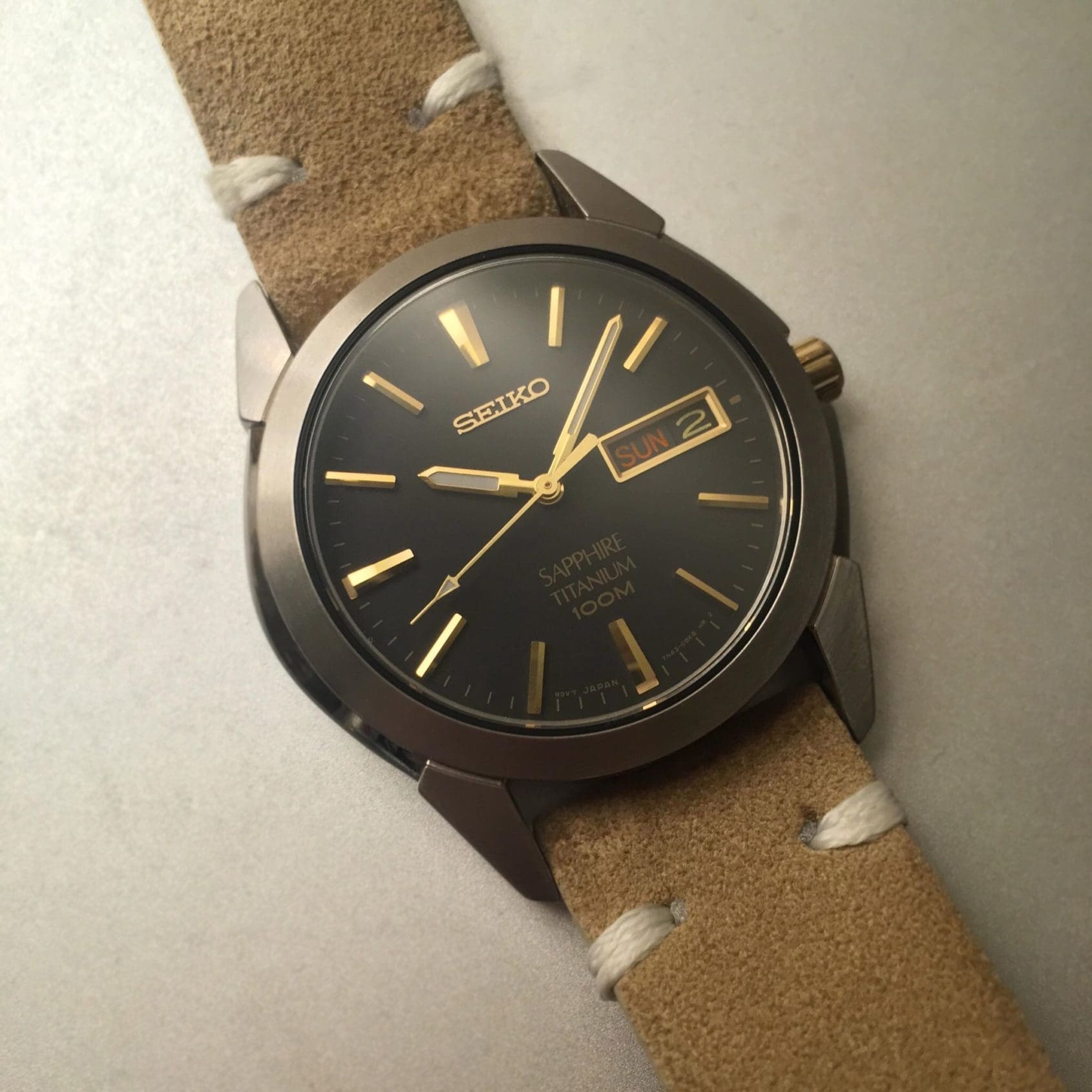How working for Time+Tide has changed my passion for watches
Fergus NashWhen I was about a year into teaching myself electric guitar in high school, I couldn’t dream of a better job than working in a music store. To be surrounded by a huge array of instruments that I would usually be staring at online, tinkering with electronics and fixing vintage gear just sounded like pure bliss. When I spoke to people about this, they mostly all had the same response — that the best way to destroy your passion is to turn it into a job.
The cognitive dissonance between wanting to enjoy your work and not wanting to taint your hobby can be extremely stressful, especially in the early phases of developing a career around something that you love. Sometimes you’ll find yourself sinking hours upon hours into a project with glee, and other times you feel like you’re not even sure you like that hobby anymore. At the time of writing it’s my second anniversary of becoming a writer for Time+Tide, and I wanted to reflect upon how much my watch obsession has changed, for better or for worse.
Quite fittingly, my first article published for Time+Tide was the story of how my interest in watches began, in restoring my great-grandfather’s 1958 Omega Seamaster. I’m the type of person who relishes soaking up information, so when I discovered the intricate poetry of mechanical watches I was helplessly swallowed up by wiki articles and YouTube videos. My taste was fairly specific in that first six months of collecting, with a love for ‘40s-‘60s vintage mechanical watches that I would usually find on Gumtree and eBay, and on one occasion a re-dialled WW2-era Omega that I bought off a friend. But, it wasn’t long before my taste expanded.
At the time of my first article being published, I was overjoyed with my watch collection. I had the vintage Seamaster, a 2008 Omega Planet Ocean, and an early 2000s Cartier Pasha. I’d sold off a handful of watches including the WW2 Omega, a Straton NE-88 powered chronograph, and a 1970s King Seiko in order to buy the Cartier and I was in the mindset of quality over quantity. I think most collectors naturally lean into the ebb and flow of a collection growing before being culled in sales, and it’s almost a rite of passage to ensure that the hobby stays fresh and each watch gets the love that it deserves. Both that Cartier Pasha and Omega Planet Ocean have been sold now, with the latter being such a significant sale that I wrote this article to help process it emotionally. So, with all of my watch collecting context laid out, here’s exactly how working for Time+Tide has affected my passion for watches and the hobby as a whole.
1. I’m less of a snob
I wouldn’t say that I was ever particularly snobbish, but the excitement that a fresh obsession brings can start to alienate you from those who aren’t on the inside. Suddenly, you start noticing that most people are wearing watches that are cheaply made with huge price markups, even lacking seemingly basic necessities like decent water resistance. The lack of considered purchasing is borderline offensive to the freshly educated, which somewhat ties into the Dunning-Kruger effect. Since becoming a reviewer and needing to interact with watches that might not always be pieces that I subjectively like, I’ve realised that a watch sparking joy in someone is really the only thing that matters, and my own priorities don’t need to be theirs.
2. Quartz is better
This heading may be bait, but it’s not untrue. Objectively speaking from the perspective of accuracy, reliability and affordability, quartz watch technology is better than mechanical. Before working for Time+Tide, quartz felt like a dirty word. I associated it with cheapness and uselessness, and truly couldn’t see any point in owning a watch that didn’t have the intrigue and romance of a mechanical timepiece. Then, I learned more. The engineering behind it and the ways in which it changed the landscape of timekeeping forever gave quartz its own fascinating character. Now I own two quartz watches of very different price points, a Casio G-SHOCK “Tron”, and a Seiko SGG735 — an older style Seiko bargain with a titanium case and bracelet and a sapphire crystal. I still love mechanical watches, but I recognise that they’re not inherently more magical.
3. Nobody cares, and I might not care either
This is the part that does represent some of the shine wearing off my initial obsession with watches, rather than just my taste expanding. I’ve never been under the impression that watches are anything other than jewellery in the 21st century, however it was always a disappointing experience to strap on a new watch that I was proud of, only for nobody around me to notice it. Maybe it depends on each individual’s circumstances, but aside from my co-workers at Time+Tide, I barely know anyone who cares about what watch they’re wearing, let alone mine. The effect of this is that I started to care less about what I wore too, and I stopped constantly changing straps, matching watches to outfits, and I’ll often forget to even put a watch on some days.
While a lot of what I’ve said so far may just be the effect of spending three years in a hobby, rather than anything to do with turning it into a job, there is something to be said for the difference between wearing watches and writing about watches. I still relish the adventure of deep-dive analysis of beautiful objects, especially if they have a significant place in history. With watches taking their place in my professional life, my brain has a little bit less space for them in my personal life, but they’re far from being tainted to the point of dislike.




